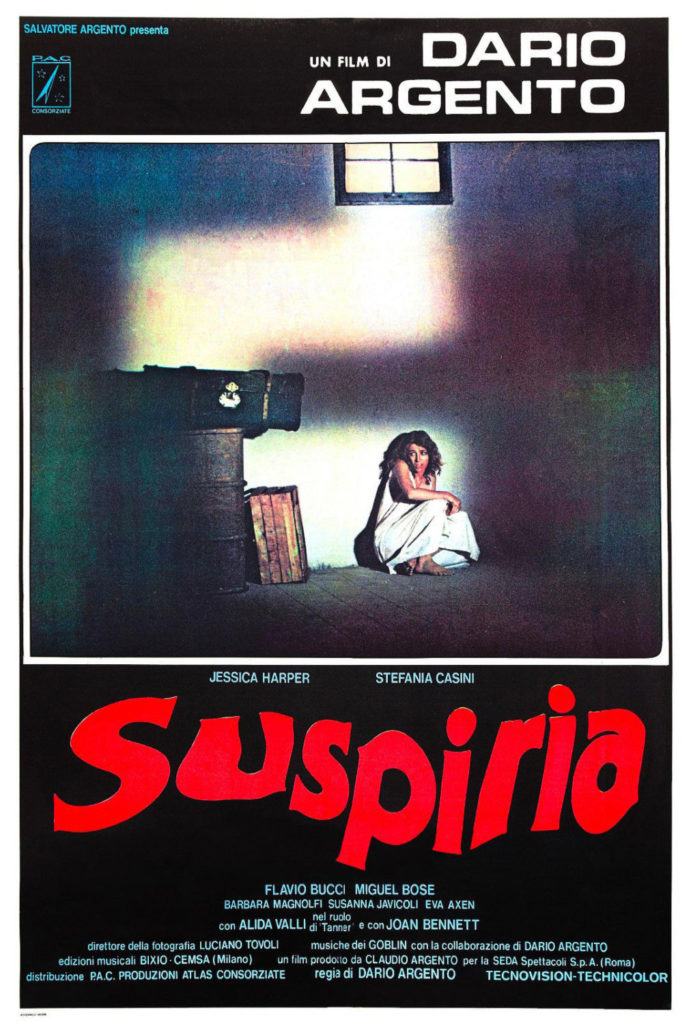According to the internet, so it must be true, after Dario Argento saw that Italian film auteur Lucio Fulci was in ill-health in the mid 1990s, he decided to throw him a project. Argento and Fulci didn’t get along that well, however, so pre-production stretched on longer than it should have. Then Fulci died, and the project was passed to first-time director Sergio Stivaletti, who had been an established special effects tech for over a decade. The result was The Wax Mask, which was different enough from 1953’s House of Wax to keep Argento and the other producers from being sued.
The film opens on a grisly murder scene in Paris in the year 1900. A man and his wife have been cut to ribbons, with their young daughter a survivor and witness to the brutal crime. Fast forward to Rome a dozen years later and the girl has grown into a woman. Sonia Lafont (Romina Mondello) has arrived in Rome to seek a career as a costume designer. She gets a job at a soon to be opened wax museum run by the mysterious Boris Volkoff (Robert Hossein), who becomes enamored with Sonia at first sight. Continue reading “Lo spettacolo dell'orrore italiano: The Wax Mask, aka M.D.C. – Maschera di cera”

 A viewer would hard-pressed to find a more beautifully shot, atmospheric horror film than Dario Argento’s Suspiria. Argento’s, and cinematographer Luciano Tovoli’s, vivid production has become legend among horror fans, and for good reason. The film exists within a reality all its own, shifting back and forth between dreamlike and nightmarish, soft and menacing, as the situation requires. No study of horror films, and film in general, is complete without seeing this classic.
A viewer would hard-pressed to find a more beautifully shot, atmospheric horror film than Dario Argento’s Suspiria. Argento’s, and cinematographer Luciano Tovoli’s, vivid production has become legend among horror fans, and for good reason. The film exists within a reality all its own, shifting back and forth between dreamlike and nightmarish, soft and menacing, as the situation requires. No study of horror films, and film in general, is complete without seeing this classic.